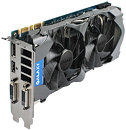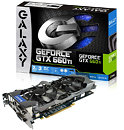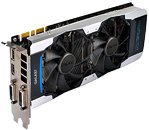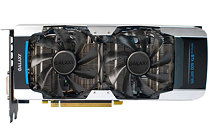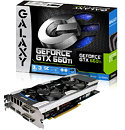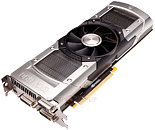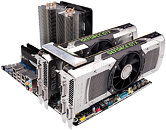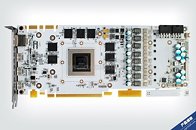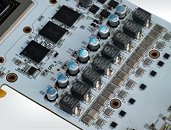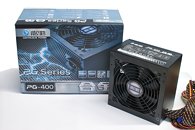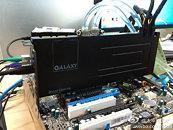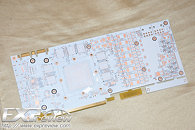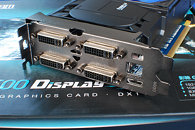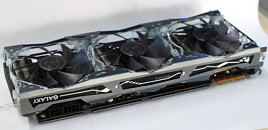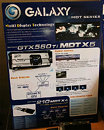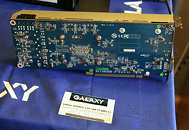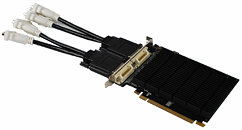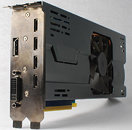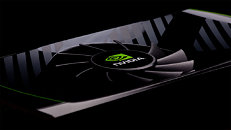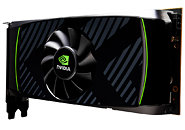Here are the first pictures of KFA2 GeForce GTX 680 Hall of Fame (HOF) Edition, an exclusive to markets KFA2, Galaxy's Europe brand, has a presence in. British retailer Overclockers UK
listed the card for pre-order, it goes for £529.99, including VAT (US $854). The card features non-reference PCB and cooling assembly, its PCB dons a white color, which sets it apart from every other GTX 680 graphics card. The GeForce GTX 680 GPU is accompanied by 2 GB of GDDR5 memory across a 256-bit wide memory interface. The GPU is overclocked out of the box, with base core speed of 1202 MHz, boost core speed of 1267 MHz, and memory speed of 1502 MHz (6008 MHz GDDR5 effective).
The PCB implements bleeding-edge voltage regulation circuitry, that includes CPL-made single-phase chokes, International Rectifier DirectFET, and tantalum capacitors - stuff that's fit for avionics. The VRM is make up of an 8+2+2 phase circuit. The card draws power from two 8-pin PCIe power connectors. A Galaxy GX31 custom controller governs the VRM, providing software voltage control, voltage monitoring and power draw monitoring over SMBUS. The cooling solution is Galaxy's proven triple-fan cooler, which has been used on older Galaxy/KFA2 graphics cards. The cooler utilizes a long aluminum fin array, to which heat is conveyed by several copper heat pipes. It is then ventilated by three 90 mm LED-lit fans. Display outputs include one standard-sized DisplayPort, and three mini-DisplayPort connectors. According to OCUK, the KFA2 GTX 680 HOF Edition will start shipping on May 11.




